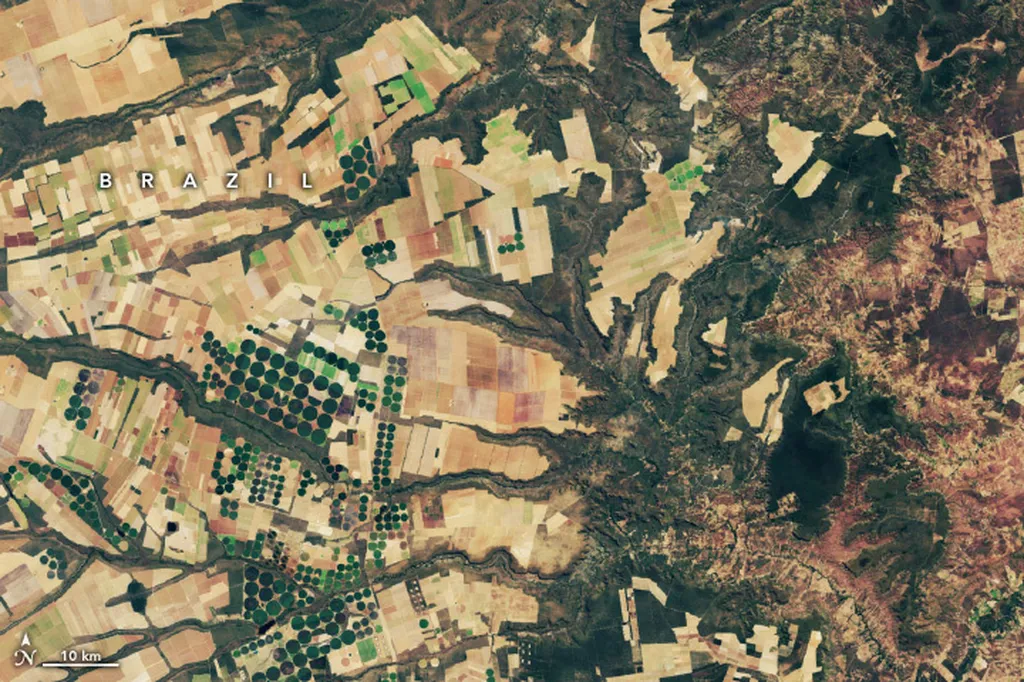In the lead-up to Agritechnica, a significant collaboration between Amazone and Claas has emerged, offering a practical solution for controlling dock weeds in grassland without the need for expensive, crop-specific cameras or special spot sprayers. This innovative approach, named Weed Detector, was showcased during the preview days in Kassel on 22 and 23 September, highlighting its potential to revolutionize weed management in grassland agriculture.
The Weed Detector system leverages the capabilities of Claas front mowers equipped with two cameras that meticulously map the crop during mowing. Utilizing advanced algorithms powered by artificial intelligence (AI), these images are analyzed to identify the presence of dock weeds. The data collected is then processed within the Claas connect Farm Management software, enabling farmers to create precise task maps for plant-specific control of the mapped dock weeds. This task map is subsequently shared via the AmaConnect software from Amazone to an Amazone field sprayer fitted with AmaSelect or the new AmaXact nozzle bodies, which feature Pulse Width Modulation (PWM) technology.
One of the key advantages of the Weed Detector system is its ability to overcome the limitations of working width and capacity often associated with mounted spot sprayers. Unlike real-time detection and spraying systems that require expensive crop cameras or sensors, Weed Detector offers a cost-effective alternative. The system relies on the relatively affordable Claas Culti Cam cameras, known for their use in row guidance on hoeing machines, and a field sprayer with individual nozzle control. This approach not only reduces costs but also enhances the effectiveness of the application. The interval between mowing and spraying, which is necessary for the dock weeds to regrow sufficiently, is not a concern. In fact, it benefits the overall process by ensuring that the weeds are adequately targeted.
The practical implications of the Weed Detector system are substantial. Farmers can now map dock weeds and create task maps that provide a clear understanding of the required spray liquid in advance. This foresight allows for more efficient and targeted application of crop protection agents, ultimately leading to better weed control and potentially reduced chemical usage. The integration of AI in this process exemplifies the concrete and practical benefits that technology can bring to agriculture. It is one of many examples where AI is making a tangible impact, and it is expected that numerous such AI-supported applications will be showcased at Agritechnica.
The collaboration between Amazone and Claas underscores the growing trend of leveraging technology to address agricultural challenges. By combining the strengths of both companies, the Weed Detector system offers a scalable and efficient solution for dock weed control in grassland. As the agricultural industry continues to embrace technological advancements, innovations like Weed Detector are poised to play a crucial role in enhancing productivity and sustainability.

